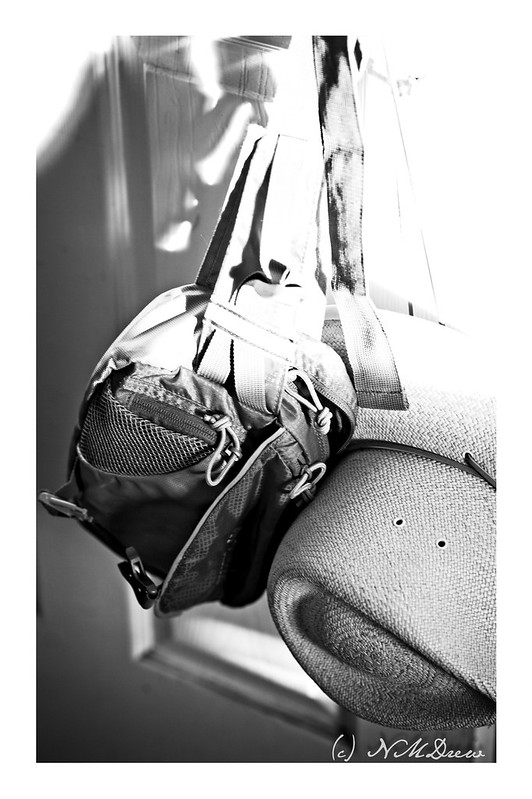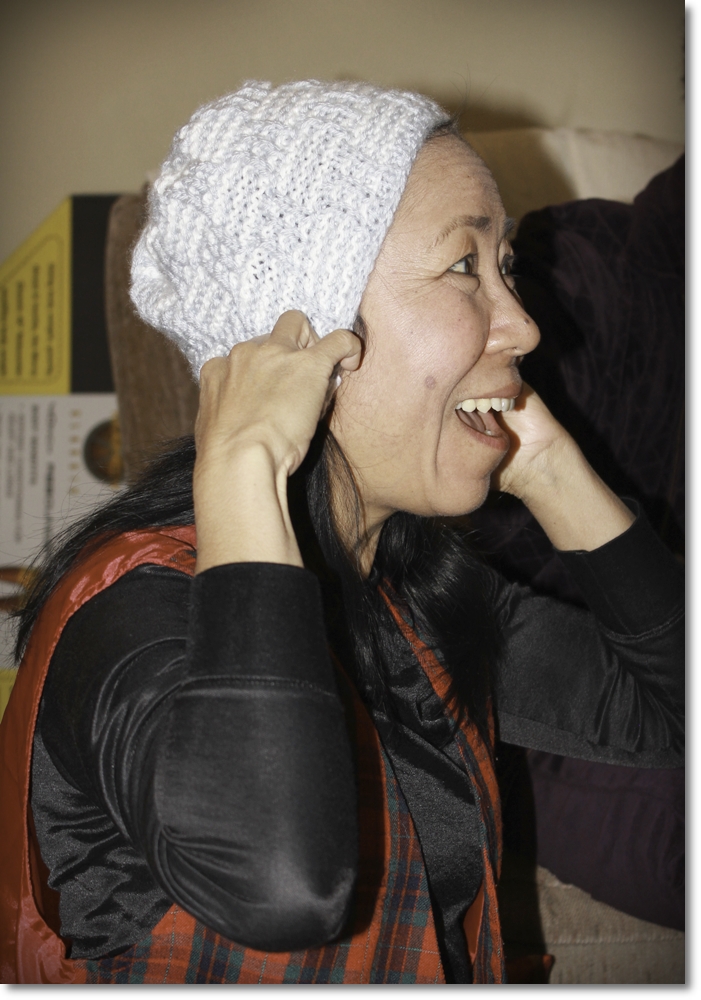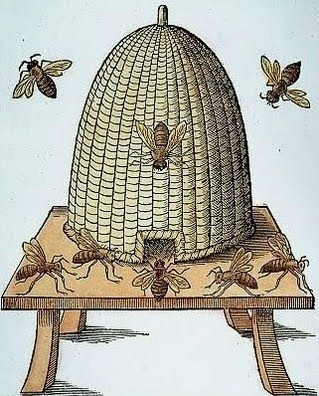Today – well, let’s see. I have to head out to the Valley for an appointment, and then home. All tasks are caught up with, including the pile of shredding from the other day. This means there is no excuse to not “do” something. It seems fitting to do something a bit easy to do, namely, take a picture around the house. This ladder back chair sits in the foyer, and we use it to hang up bags and hats, as well as to sit upon to take off shoes and put on slippers. It is a really nice chair, and I feel rather bad about putting it to such utilitarian purposes, but it is also one of the most useful pieces of furniture we own!
I got a Nikon Z 50mm f2.8 macro lens from the esposo for Christmas, and it really takes great photos. I want to use it, of course, for macros, but the beauty of a macro lens is it also works very well as just an ordinary lens. This month it will be the (hahahaha) focal point of any images I make with the Z6ii, and black and white as well, for at least the month of January. Ideas are rolling around in my fuzzy head, so I probably should write them down . . .









